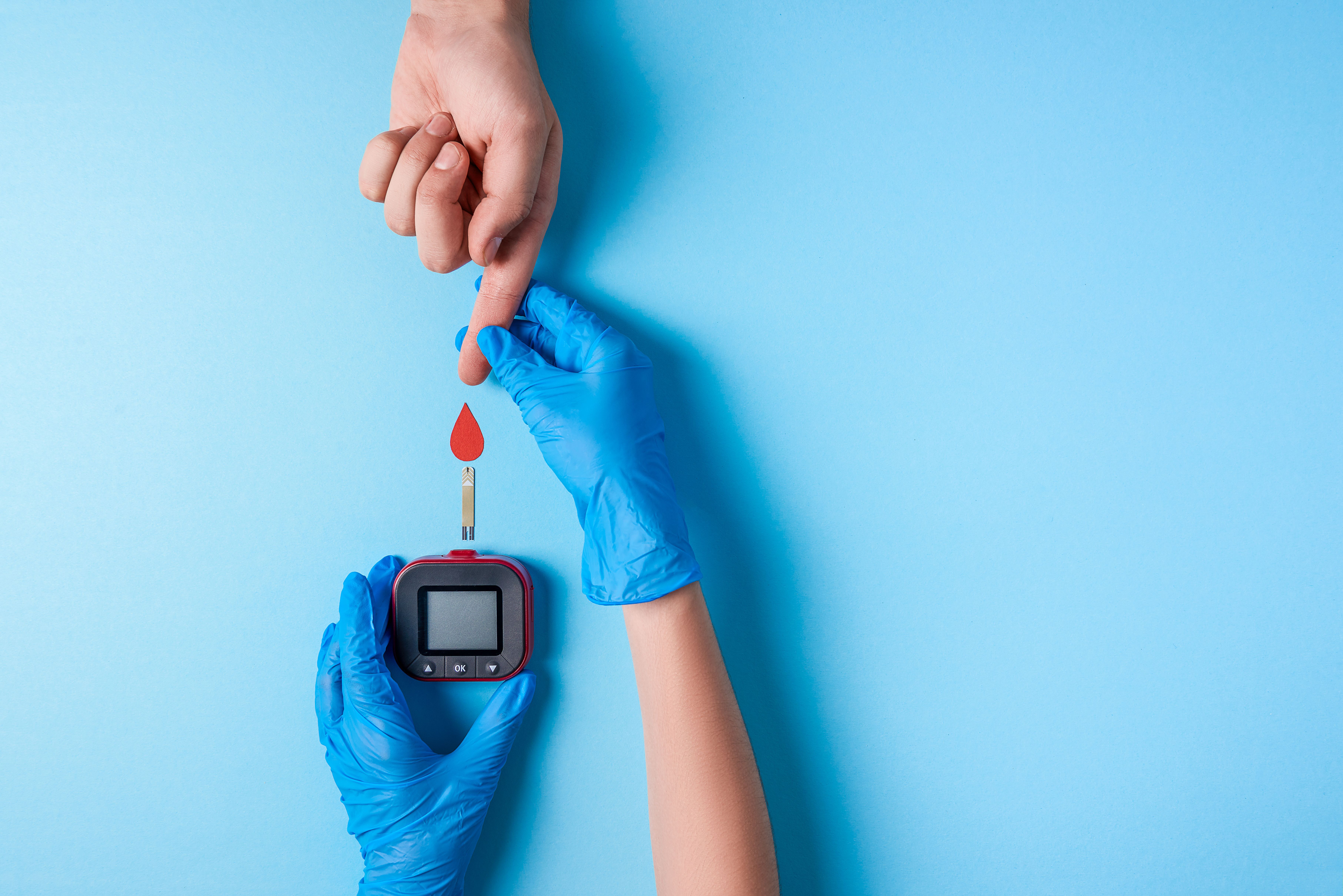Article
Hypertension, Albuminuria Common Among Pediatric Type 2 Diabetes
Author(s):
A systematic review and meta-analysis of studies examining pediatric type 2 diabetes indicate hypertension or albuminuria was present among approximately 20% of children with type 2 diabetes.
This article was originally published on EndocrinologyNetwork.com.

An analysis of 60 studies examining pediatric type 2 diabetes is detailing the risk of hypertension and albuminuria among this patients population—suggesting one or both comorbidities was present among nearly 1-in-5 patients.
The study, which was conducted by investigators at McMaster University, suggests both comorbidities were common among patients with pediatric diabetes and noted there was a disproportionate burden among Pacific Islander and Indigenous youth.
“These data are relevant for health care professionals and policymakers, as clinical services treating pediatric patients with type 2 diabetes need to be resourced to track kidney screening and treatments to improve outcomes,” wrote investigators.
With cardiorenal comorbidities posing a major threat to the overall health and quality of life for patients with diabetes later in life, M. Constantine Samaan, MD, MSc, of the Department of Pediatrics at McMaster University, and a team of colleagues sought to assess the prevalence of hypertension and albuminuria in patients with pediatric type 2 diabetes. To do so, investigators designed the current study as a systematic review and meta-analysis of data from the MEDLINE, Embase, CINAHL, Cochrane Library, Web of Science, gray literature, and references from the inception of each database through February 20, 2020.
For the purpose of analysis, investigators limited their search to observational studies with at least 10 participants reporting the prevalence of hypertension and/or albuminuria in pediatric patients with type 2 diabetes. Three different teams made up of 2 independent reviewers each screen a total of 7614 articles and determined 60 met the study’s inclusion criteria.
The primary outcome of interest for investigators was the pooled prevalence rates for hypertension and albuminuria. Investigators also assessed pooled prevalence rates by sex and racial/ethnic group as secondary outcomes. Investigators noted their meta-analysis was conducted using a random-effects model and followed the MOOSE guidelines.
Within the 60 studies identified by investigators, mean diabetes duration ranged from inclusion at diagnosis to 15.0 years after diagnosis and mean age at diagnosis ranged from 6.5 to 21.0 years. Among the 60 studies included, 46 reported prevalence of hypertension and 39 studies reported the prevalence of albuminuria.
Upon analysis, results suggested hypertension was present among 25.33% (95% CI, 19.57-31.53) of patients. When assessing factors associated with hypertension, investigators found male participants were at a greater risk than their female counterparts (OR, 1.42; 95% CI, 1.10-1.83) and patients classified as Pacific Islander and Indigenous youth when compared to their other racial/ethnic groups (Pacific Islander youth: 26.71% [95% CI, 14.54%-40.72]; Indigenous youth: 26.48% [95% CI, 17.34-36.74]; White youth: 20.95% [95% CI, 12.65-30.57]; African American youth: 19.04% [95% CI, 12.01-27.23]; Hispanic/Latino youth: 15.11% [95% CI, 6.56-26.30]; Asian youth: 18.37% [95% CI, 9.49-29.23]).
Assessment of the studies reporting albuminuria suggested a prevalence of 22.17% (95% CI, 17.34-27.38). While there were no differences observed based on patient sex, investigators pointed out prevalence was greater among Pacific Islander, Indigenous, and Asian youth than White youth (Pacific Islander youth: 31.84% [95% CI, 11.90-55.47]; Indigenous youth: 24.27% [95% CI, 14.39-35.73]; Asian youth: 23.00% [95% CI, 18.85-27.41]; White youth: 12.59% [95% CI, 7.75-18.33]). Investigators highlighted heterogeneity was high among studies, with a low to moderate risk of bias observed.
“Hypertension and albuminuria were frequent comorbidities of pediatric type 2 diabetes, and Pacific Islander and Indigenous youth had a disproportionately higher burden of these conditions than youth from other racial groups,” wrote investigators. “There is a critical need for personalized screening and treatment strategies to provide renoprotection from prolonged hyperglycemia and obesity to prevent end-stage kidney disease, future cardiovascular disease, and improve life expectancy.”
This study, “Prevalence of Hypertension and Albuminuria in Pediatric Type 2 Diabetes” was published in JAMA Network Open.




